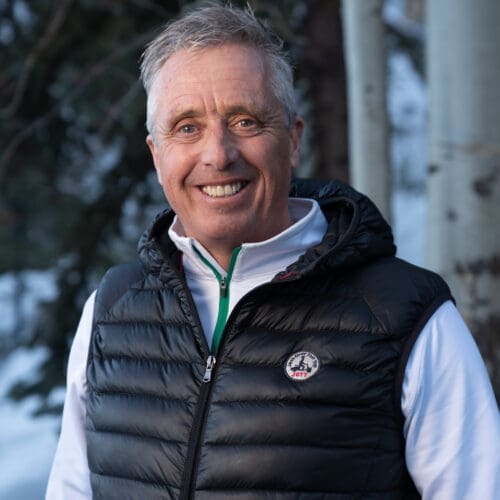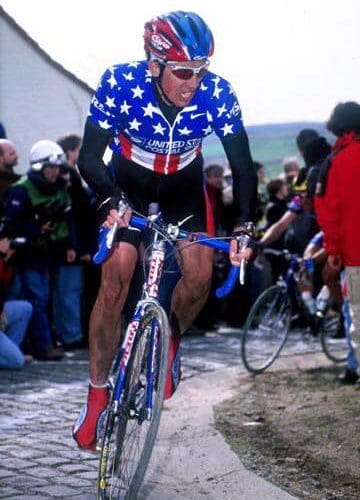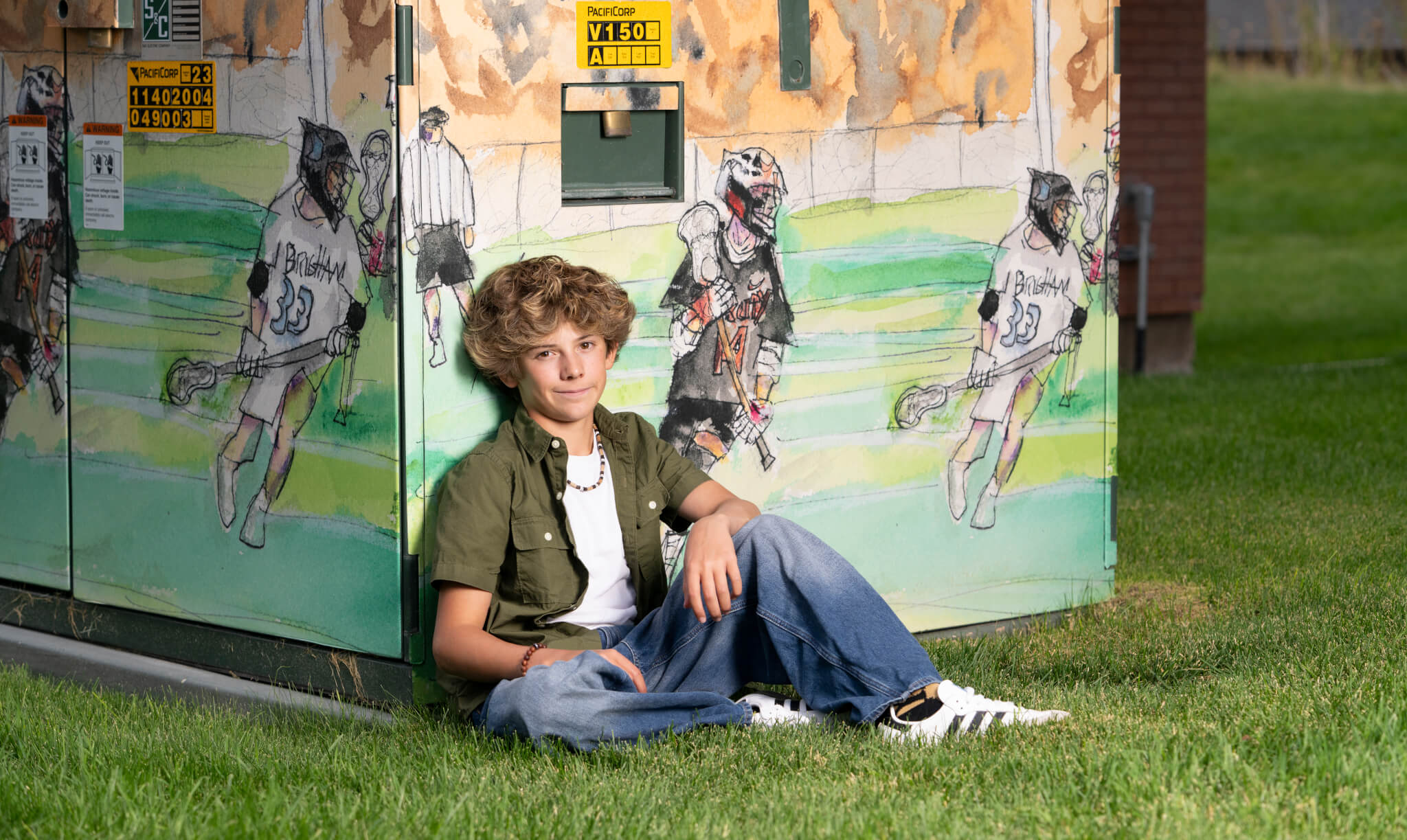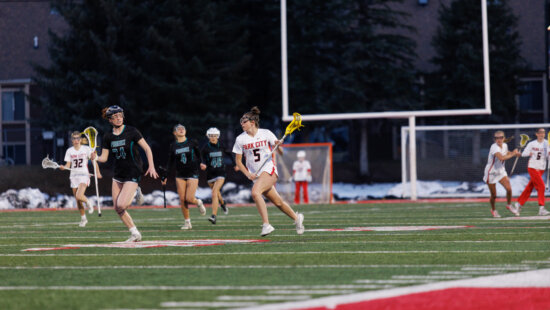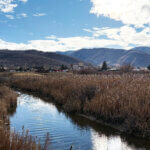Neighbors Magazines
Professional cyclist reflects on a career built in the Wasatch
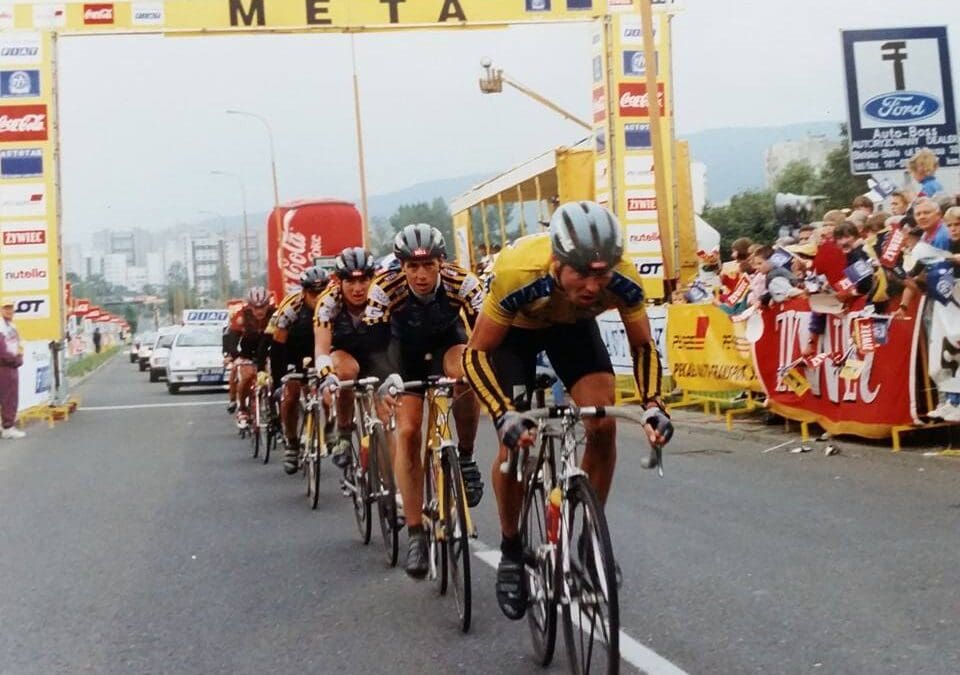
Marty Jemison rode professionally in the European peloton for seven years and is one of 50 Americans to have completed the world’s greatest race, the Tour de France, both in 1997 and 1998. Photo: Marty Jemison
"A lot of European pros don’t touch a bike after they retire. I didn’t want to be that.” - Marty Jemison
By Natalie Taylor, Neighbors of Park City
You’re riding your bike past old stone villas nestled in the Tuscan hills. With every pedal, the road opens to medieval hilltop towns and olive groves. You rest, forearms on handlebars, to take in breathtaking mountain views.
At the end of the day, you and your group gather over hand-crafted pasta and gelato to share stories of cycling through Italy. As the fire crackles, leader and professional cyclist Marty Jemison chimes in, regaling you with tales of the Tour de France and the launch of his business, Marty Jemison Cycling Tours, which just celebrated its 20-year anniversary.
Marty Jemison rode professionally in the European peloton for seven years and is one of 50 Americans to have completed the world’s greatest race, the Tour de France, both in 1997 and 1998. In 1999, Jemison won the U.S. Pro Championships, earning him the coveted Stars ‘n Stripes National Champions Jersey. He even helped Lance Armstrong win post-cancer races.
A Utah native, Marty started riding as a kid along the Wasatch Front. “The biking bug hit me hard,” he says. “I took it very seriously.” Between the ages of 18 and 22, Marty worked his way to top amateur in the western U.S. After college, he moved to France, ready to compete internationally. “I thought I’d spend one or two seasons abroad and then hang up the bike and embark on a real career,” he says. “I was dead set to race better, to ride better, to have better focus than those that surrounded me. I meticulously kept track of my training.”
The discipline paid off when he turned pro four years later. “I had a perfect decade, including racing as an amateur in Europe for the USA National Team and part-time for a Canadian team. I was euphoric, I was on top of the world,” he says. “I took care of myself, and it worked out.” The math alone is impressive. During his peak, Marty rode more than 20,000 miles and raced more than 900 days in Europe and more than 400 days in the United States. “I was racing 95 days a year. No serious injuries or illnesses kept me from training,” he says. “I was very lucky.”
Luck may have had something to do with it, but so did determination and passion. “During my last year as an amateur, I was in the Top 10 52 times and won 11 of those races,” he says. “So, one out of every two races, I was in the Top 10. I was very competitive and enjoying every minute of it.”
For Marty, part of that success was due to training in his hometown. Although most of his colleagues and partners trained in Boulder, Colorado, he staked his claim to the Park City mountains. “I had some pressure from the cycling community and my teammates on the U.S. National team,” he says. “It was easy to go to Boulder because there was a contingent of pros living there.” But because he grew up on the Wasatch Front and did a lot of training in Park City, Summit County, and beyond, Marty wasn’t sold. “As far as training was concerned, I thought altitude was important as well as the great terrain that Summit County had to offer,” he explains. “As a pro, I was doing big mileage, and Park City has big rides if you climb into adjacent valleys. It also has short rides through Heber, Coalville, Salt Lake, and Ogden, so the area was ideal.
Marty was so convinced, he bought land in Park City in 1994 and started building his home, which he calls Towerhouse, a four-story, 2,000-square-foot home that sits at 8,000 feet. “I was living at altitude for six months a year,” he says. “It gives you a competitive edge. Back then, there was virtually no traffic in Summit County. I was either training solo or riding with strong amateur locals.” Towerhouse also gave him roots and a consistent way to balance all the traveling.
After a thrilling decade racing, Marty retired on a high note in 2001. “What I did in the past was almost beyond human comprehension,” he says. “It’s a delicate period of your life to be riding that much. The last handful of years in the career, it’s about watching how far athletes can go without imploding. A lot of European pros don’t touch a bike after they retire. I didn’t want to be that.”

